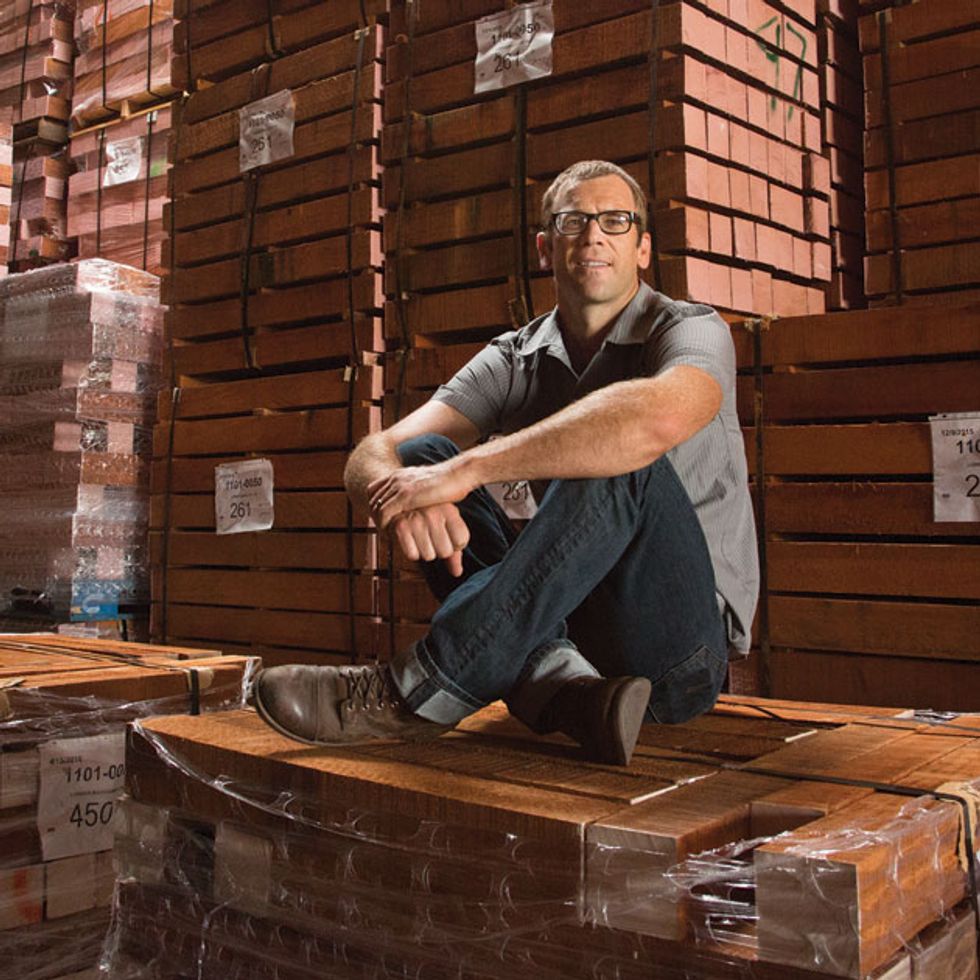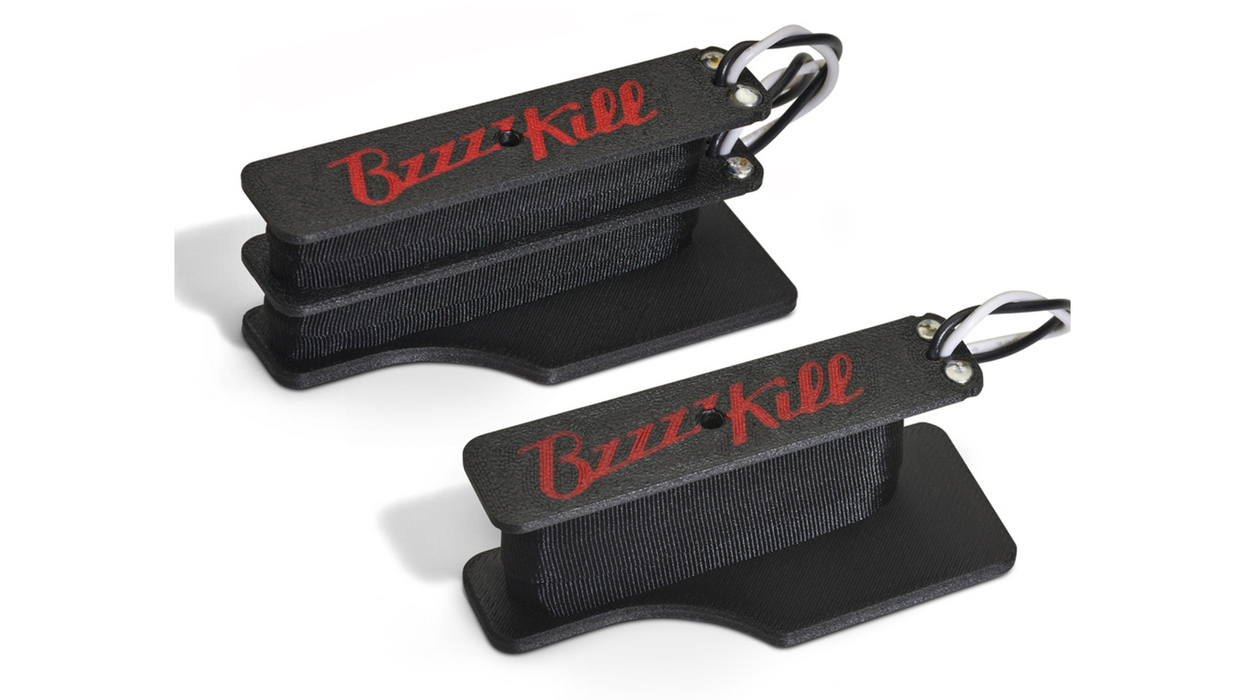I’d venture a guess that any guitarist who has owned an acoustic guitar has also heard warnings about watching the humidity and temperature their guitar lives in. “Don’t let your guitar dry out or it will crack” and “don’t let your guitar get too cold” are wise words. But after some time, these admonitions tend to hit with the same wilting impact as your mother’s instructions to eat your vegetables, put on a sweater, or wear sunscreen. We know we should, but quietly wonder what the big deal is anyway.
Here’s a little secret when it comes to wooden guitars: Guitar makers don’t really care about how much water is in the wood. Well, we don’t care very much. Sure, there are some weight and density variables that change with how wet a piece of wood is, and can influence resonance. We may consider those factors, but that isn’t the real issue here. What we obsess about is the fact that wood will change size and shape based on how much water is in there at any given time. To understand what is going on in your guitar, it helps to understand some woodworking basics.
While trees are living and growing, they contain a lot of water. Roughly half of a tree’s weight (while alive) is water. After a tree is cut down, the water starts to evaporate. This process is known as “seasoning.” There are lots of methods to help this process along, but the important thing to know is that wood shrinks as it dries out. But wood doesn’t shrink evenly in every direction. If you imagine a board taken from a tree trunk as a pencil, you’ll find that the wood shrinks in width and thickness, but hardly shrinks at all from point to eraser as the water disappears. The unevenness between these water-loss movements is at the heart of the woodworker’s challenge.
As wood is dried, it will naturally seek out a balance point in a particular environment. There is always some water vapor in the air, and the absorbency of wood will both take water in and let it out in an effort to balance itself with the weather. As a result, the wood’s width and thickness will continue to expand and shrink after the initial seasoning, but not its length.
Armed with this understanding, we begin to see an acoustic guitar’s top and back as a potential problem. The boards that make these wide plates want to expand and shrink in width and thickness, or from edge to edge, but not from neck to tailpiece. The braces on the inside surfaces of the guitar can’t grow or shrink in length because they are sawn with their wood grain oriented like pencils to make them strong. When we glue these immovable braces at a right angle across a moving back or top width, we construct a potential conflict because the width of the top or back wants to change with the weather, but the fixed-length braces are trying to hold the inside faces of the plates at a fixed dimension. If these plates are exposed to weather different than the climate they were assembled in, the plates will distort as they try to resolve their tension, potentially cracking when dry.
This is why builders often design slightly convex surfaces in the back and face of a guitar: They are effectively building in some slack in case the wood shrinks. In addition, builders assemble guitars in median climates at 40- to 50-percent humidity and 70 degrees Fahrenheit to give the finished guitars the best chance of survival out in the world. Ideally, guitars would live in this climate for their entire lives.
With solidbody guitars, no such construction conflict exists. The boards making the body and neck are free to move uninhibited with the seasons and remain stress-free. Even when multiple pieces of wood are combined, their grain directions are parallel to each other, which allow them to move together as a single unit. As a result, your solidbody guitar won’t fall apart when the weather is dry the way your acoustic guitar can. That’s not to say that you shouldn’t try to keep your solidbody guitars in the same median environment. My stance is this: If it is easy to keep your electrics in a median environment, that’s good. If it’s hard to do (because you’re on tour, want to display your guitars, etc.), don’t worry about your solidbodies. They’ll be fine.
Acoustic guitars sound and function best when they are relaxed and stress-free, so watch the weather. And when it is cold outside, put on a sweater and give your dry guitar some humidity … just not too much.












![Rig Rundown: Russian Circles’ Mike Sullivan [2025]](https://www.premierguitar.com/media-library/youtube.jpg?id=62303631&width=1245&height=700&quality=70&coordinates=0%2C0%2C0%2C0)






